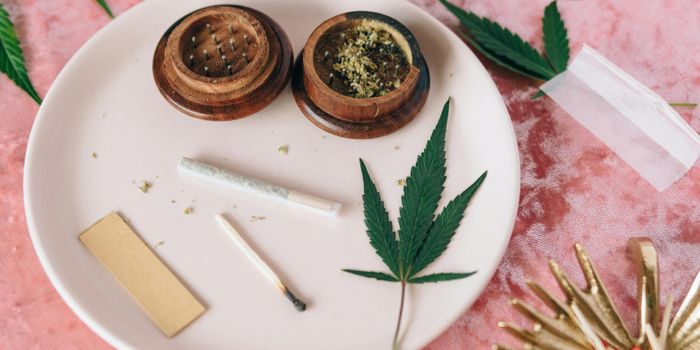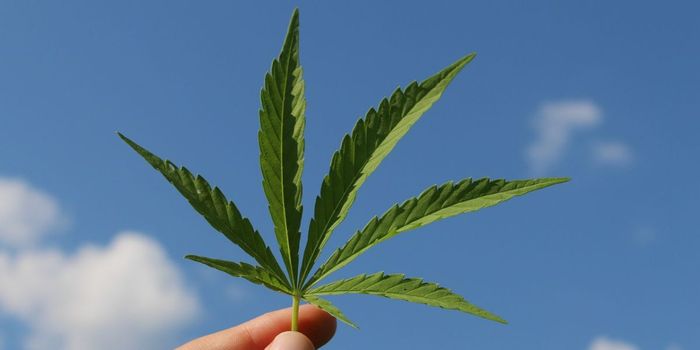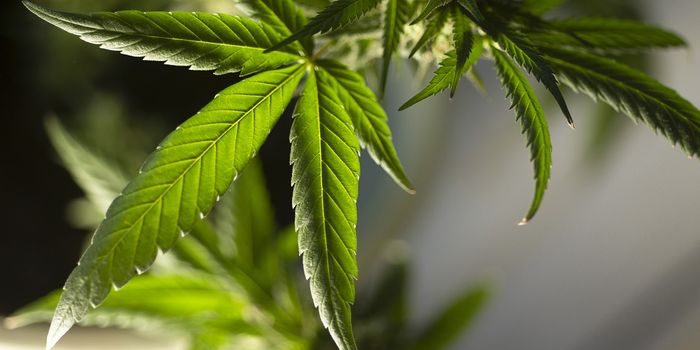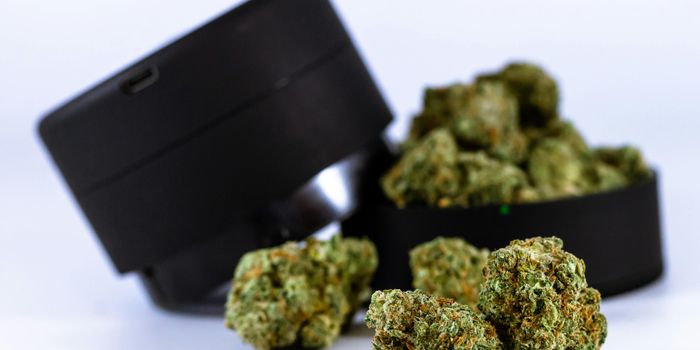What is CBC?
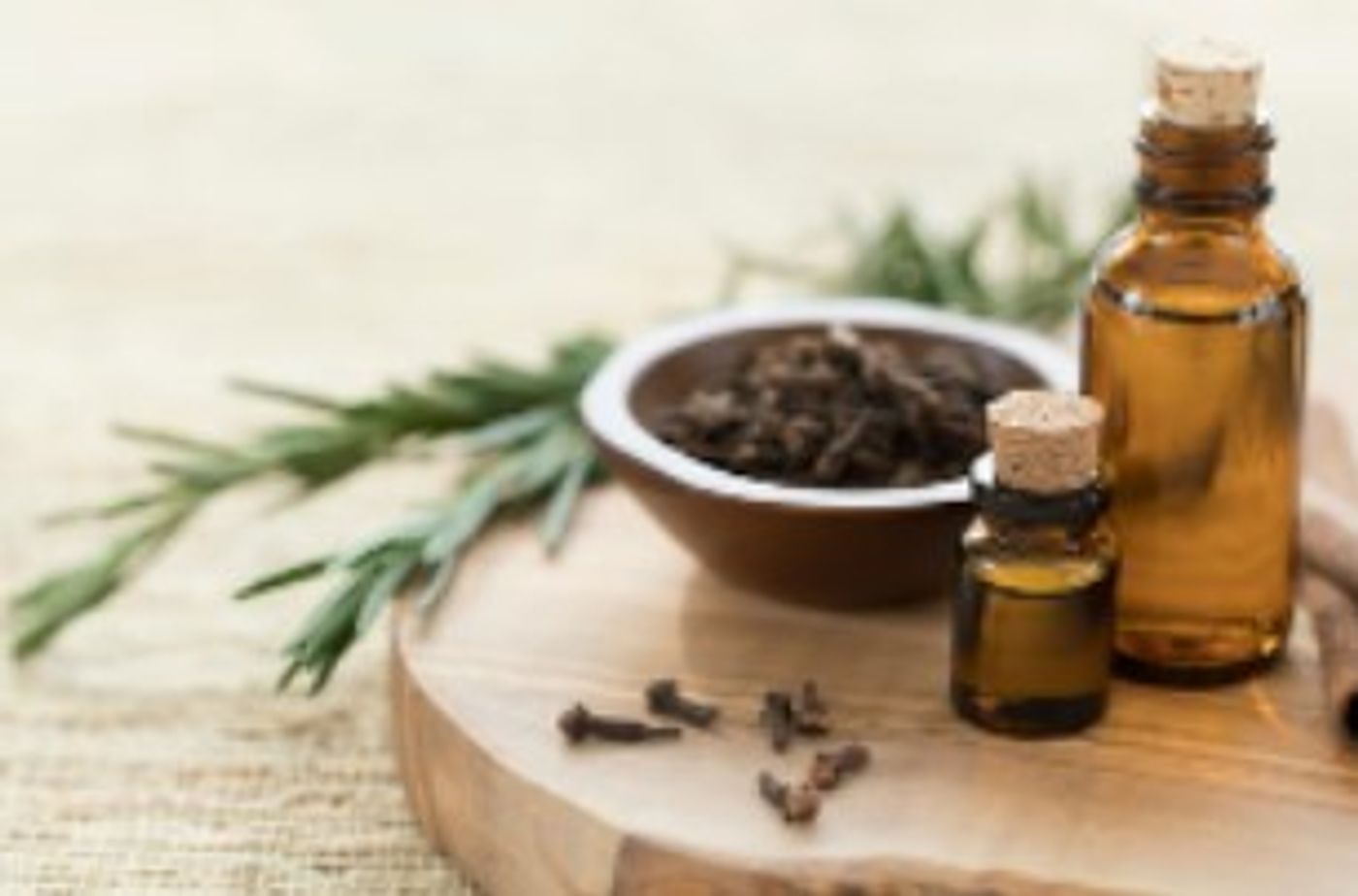
Discovered in the 1960s, CBC’s most prominent feature is how it enhances the effects of other cannabinoids, particularly CBG, CBN, THC, and CBD. This creates what is commonly referred to as an entourage effect.
Additionally, researchers have found that CBC is up to 10 times more powerful than CBD when it comes to treating stress and anxiety. In recent years, CBC has also been used for the treatment of pain and inflammation.
One of the most popular ways of taking CBC is by ingesting it in edibles and various forms of extracts. The oils in the extracts typically allow for a faster onset of effects, as the extracts are administered under the tongue. Topical solutions have also become increasingly popular and mainstream.
That said, there are a number of strains in which you can find a significant amount of CBC. Maui Dream, Blue Cherry Soda, Purple Cadillac, Bubba Cookies, Charlotte’s Web, Purple Candy, Sour Tsunami, and Valentine X are amongst the most popular ones. Amounts of CBC range from .48% to .53%.
While the research on CBC is promising, users should do their own research and conservatively test what works best for them prior to ingesting regularly. Furthermore, if a user wants to use CBC for medicinal purposes, particularly for the treatment of anxiety and/or depression, they should work directly with a licensed medical professional before doing so. An objective healthcare provider will always provide the best advice as to which direction a potential user should go in.
Sources: The National Library of Medicine, The National Library of Medicine, Charlotte’s Web, Way of Leaf

